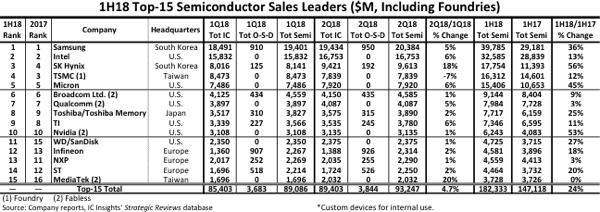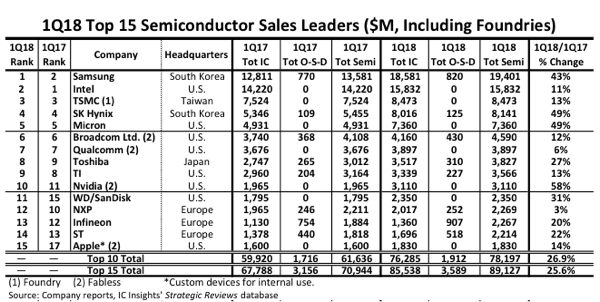SEMI to Absorb EDA Trade Group
The Electronic System Design Alliance — formerly known as the EDA Consortium — will become part of the SEMI trade group, a development that underscores the blurring of lines within the semiconductor ecosystem from design through manufacturing.
Under the terms of a deal announced by the two organizations on Monday (April 16), the ESD Alliance will integrate into SEMI as a strategic association partner later this year. All ESD Alliance members will become members of SEMI, increasing the reach of the SEMI trade group and facilitating opportunities for collaboration between EDA firms and those involved in semiconductor equipment and materials, as well as other areas of the electronics design and manufacturing chain.
"Design and manufacturing are becoming more and more intertwined," said Bob Smith, executive director of the ESD Alliance, in an interview with EE Times. "The old days of designing a chip and 'throwing it over the wall' to someone to make it happen are pretty gone."
SEMI, the trade group that has represented North American semiconductor equipment and materials suppliers since 1970, has, in recent years, sought to broaden its focus to encompass the entire electronic product design and manufacturing chain. Integrating the ESD Alliance membership will enable the group to further expand its reach into semiconductor and systems design.
"For us, this is a very natural fit," said Bettina Weiss, vice president of business development and product development at SEMI. "The synergies between our two groups have become increasingly obvious."
Both organizations' boards of directors approved the integration unanimously, added Weiss. Integration is expected to be completed during 2018.
The ESD Alliance will retain its name and branding under the SEMI umbrella. The ESD Alliance board of directors will continue to set the organization's direction and will function as an executive advisory council of SEMI, said the organizations.
By becoming part of SEMI, ESD Alliance members will gain access to SEMI's member resources and platforms, including SEMI's technology communities and activities in areas such as advocacy, international standards, health and safety, and trade and regulatory initiatives, said Smith.
在线留言询价
- 一周热料
- 紧缺物料秒杀
| 型号 | 品牌 | 询价 |
|---|---|---|
| RB751G-40T2R | ROHM Semiconductor | |
| BD71847AMWV-E2 | ROHM Semiconductor | |
| MC33074DR2G | onsemi | |
| CDZVT2R20B | ROHM Semiconductor | |
| TL431ACLPR | Texas Instruments |
| 型号 | 品牌 | 抢购 |
|---|---|---|
| STM32F429IGT6 | STMicroelectronics | |
| ESR03EZPJ151 | ROHM Semiconductor | |
| TPS63050YFFR | Texas Instruments | |
| BP3621 | ROHM Semiconductor | |
| BU33JA2MNVX-CTL | ROHM Semiconductor | |
| IPZ40N04S5L4R8ATMA1 | Infineon Technologies |
- 周排行榜
- 月排行榜
AMEYA360公众号二维码
识别二维码,即可关注


请输入下方图片中的验证码:


























